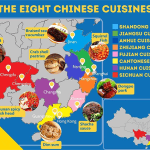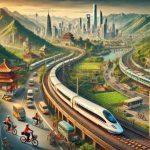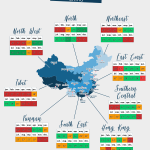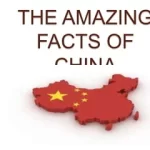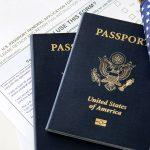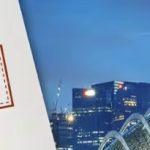
Beijing’s Inner city is also called Jingcheng (“capital city”) or Dacheng (“big city”). The eastern and western sections were originally part of the Yuan city of Dadu.The walls were formed from rammed earth covered with rocks and a finishing layer of bricks on both the interior and exterior. The average height was 12 to 15 metres. The northern and southern sections, built in the early Ming dynasty, were thicker than the eastern and western sections, built during the Yuan dynasty (1271–1368). The thicker sections averaged 19 to 20 metres at the base and 16 metres at the top, with parapets at the top. The Inner city wall had nine gates and a tower at each corner. There were three sluice gates, 172 enemy sighting towers, and 11,038 battlements. Immediately outside the city walls were deep moats 30 to 60 metres in width.
The Outer city was also called “Guocheng” or “Waiguo”. It was expanded in 1553. The walls were 7.5 to 8 metres high, and were 12 metres wide at the bottom and 9 metres wide at the top. The southeastern corner was built on the diagonal to avoid low swamps in the area.The Outer city walls had a perimeter of approximately 28 kilometres. The entire enclosure of the inner and outer cities formed a “凸” shape with a perimeter of 60 kilometres. Eleven gates were built, three each on the eastern, southern, and western walls, and two on the northern walls (one on the northeastern section and one on the northwestern section).

Zhengyangmen (south- facing) Gate.
It is for the exclusive use of royal sedan chairs and carts to show the supremacy of the feudal monarchs. The gate stands to the south of Tian’anmen square; during the Ming and Qing it was the front gate of the inner city of Beijing. Built in 1419, it is by far the only well-preserved city gate tower in Beijing
Xuanwu Gate( Gate of Military Virtue)
Known in old days as Gate of Complaisant Rule,it was the gate for prison vans. Felons sentenced to death by decapitation were escorted through this gate to the executioner’s ground at Caishikou south of the city
Fucheng Gate( Mound- Formed Gate)
it was the gateway for coal transportation in ancient times.
Xizhi Gate( gate of Straight West )
Known in the past as Gate of ‘peaceful righteousness, the Xizhi gate was for tanks transporting water from Yuquan hill to the imperial city. At that time,the emperors drank water only from the Yuquan hill
Desheng Gate( gate of Moral Triumph)
It was the gate through which the imperial army returned to the capital from and expedition.
Anding Gate( gate of peace and Stability.)
For carts transporting night soil out of the city.
Dognzhi Gate( gate of worship of benevolence)
It opened exclusively for timber transportation.
Chaoyang men( Sun-facing Gate)
It was the city’s passageway fro grain transportation. That’s why there were quite a few imperial granaries inside the gate.
Chongwen Gate( Gate of Literary Virtue)
It was the gateway through which liquor and wine were brought into the city.
There are seven gates for the outer city.During the Ming Dynasty, to protect south Beijing as commericial and handicraft centre,the imperial court had planned for the construction of an outer city wall around the imperial city,but due to financial difficulties only part of the wall was erected in southern Beijing. Seven gates were opened into this wall for the convenient of local residents.
Access to the imperial city was by four gates.Tian’an gate,Di ‘an gate, Dong’an Gate and xi’an Gate,which were for the exclusive use of officials and generals going to and from the imperial courty. These gates were off limits to commoners.
Few of these gates exist now,as most of them have been torn down,but their names have remained.








